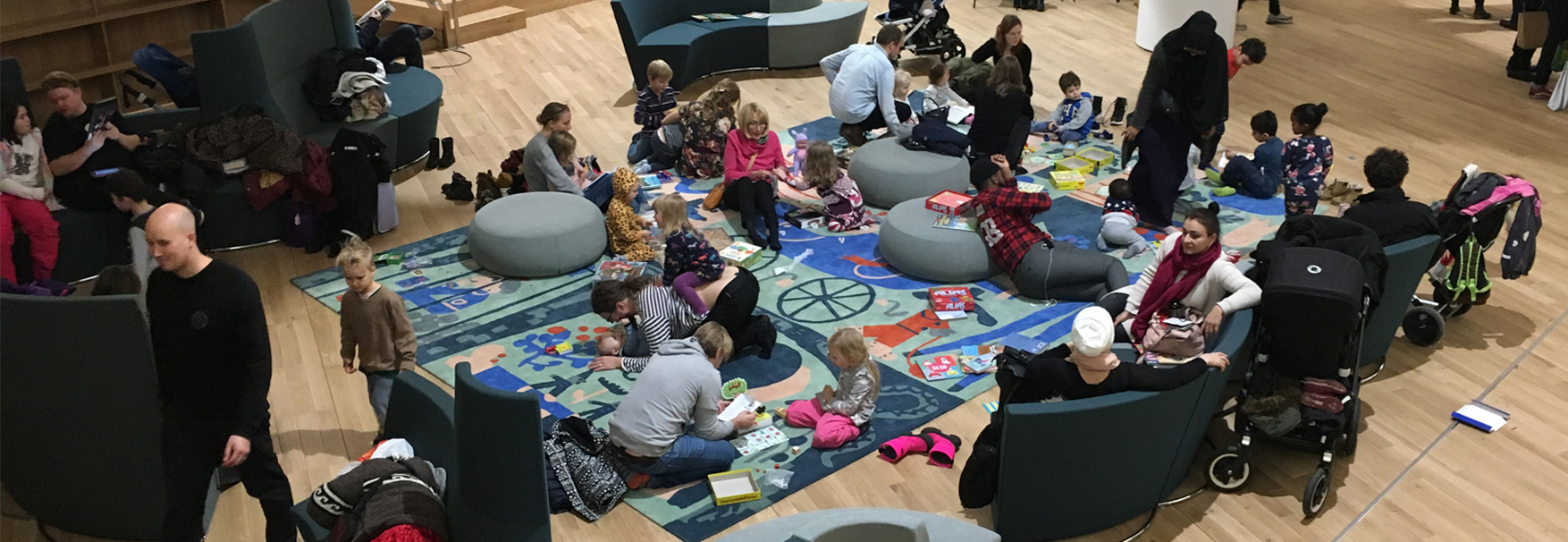
LEARNING OUTCOMES
Students of various disciplines are expected to attain a more informed understanding of central notions and questions related to design and to culture. Multi-cultural, trans-disciplinary approaches are considered relevant in the learning processes. Learning objectives include:
- increased awareness of and insight into the own agency as cultural actor;
- increased understanding for situating design in the larger political, social and cultural structures and discourses;
- increased familiarity with Finnish design and the international design scene.
Conceptual objectives are thus associated with an understanding of notions and principles; attitude objectives are associated with fostering a socially and culturally-aware mindset more adequate for reflecting critically about the design field and its role in society; and objectives related to skills are associated with expanding the toolset required for being able to take informed stands toward design(s), design disciplines and the design professions.
Credits: 5
Schedule: 22.04.2022 - 03.06.2022
Teacher in charge (valid for whole curriculum period):
Teacher in charge (applies in this implementation): Paola Cabrera Viancha, Tim Smith
Contact information for the course (applies in this implementation):
CEFR level (valid for whole curriculum period):
Language of instruction and studies (applies in this implementation):
Teaching language: English. Languages of study attainment: English
CONTENT, ASSESSMENT AND WORKLOAD
Content
valid for whole curriculum period:
UWAS Design & Culture offers students diverse insights into the interrelationships, and the tensions, between design practices, design artifacts, design policies, sustainability, consumption, culture and cultural action. Students are encouraged to critically assess design work as part of wider cultural, social and political entities, reflect on their own (potential) roles and agency as cultural actors, and recognize options for designerly undertakings. The learning objectives of the course are supported among others by means of discussion of real life cases; the course includes in-house and guest lectures by professional practitioners, local outings, and literature reviews and writing and active discussion.
Assessment Methods and Criteria
valid for whole curriculum period:
Students are expected to be critical, to contest or re-characterize any given or mainstream notions. The assessments reflect both the quality of the contributions and work as well as the commitment to the components and dynamics of the Course. Students must attend minimum 80% of the contact sessions i.e. lectures, excursions, discussions etc. Completion of all assignments and deliverables is required, as are active participation in all the components of the Course:
Lectures and excursions, workshops, discussion
Research
Reading
Collaborative work online, reporting
Learning diary, also online
Reporting, evaluation, feedback, also online
Workload
valid for whole curriculum period:
Contact sessions: Lectures and workshops, outings, guided discussion, 36 hours
Independent work, reflection, 70 hours, including these learning activities:
DETAILS
Study Material
valid for whole curriculum period:
Supplementary bibliography and sources will be published in MyCourses; there will be also material suggested in each particular session and also by the confirmed guest speakers. The main works to guide in the discussions are:
Julier, Guy. 2014. The Culture of Design. Sage. (In Aalto Finna.)
Julier, Guy. 2017. Economies of design. Sage. (In Aalto Finna.) (Book review by Carol Meachem.)
Korvenmaa, Pekka. 2014. Finnish design: a concise history. Aalto ARTS Books, Aalto University, in association with V&A Publishing, London. (In Aalto Finna.) Finnish version of the same book: Taide & Teollisuus: Johdatus suomalaisen muotoilun historian.
Substitutes for Courses
valid for whole curriculum period:
Prerequisites
valid for whole curriculum period:
FURTHER INFORMATION
Further Information
valid for whole curriculum period:
UWAS course selection criteria: Registration order is not the primary selection criteria for this course. In order to ensure that students from different programs and schools of Aalto University may take UWAS courses, the selection is also based on the variety of students' disciplines. Master's students are also welcome.
Teaching Period:
2020-2021 Spring V
2021-2022 Spring V
Course Homepage: https://mycourses.aalto.fi/course/search.php?search=UWAS-C0029
Registration for Courses: Sisu replaces Oodi on 9 August, 2021. Priority order to courses is according to the order of priority decided by the Academic committee for School of Arts, Design and Architecture: https://www.aalto.fi/en/services/registering-to-courses-and-the-order-of-priority-in-aalto-arts
WebOodi
